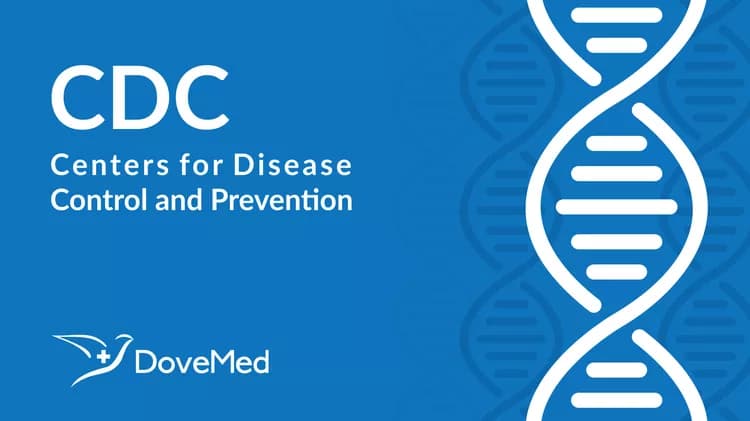
High-Risk Behaviors For Skin Cancer Common Among Young Adults
High-risk behaviors for skin cancer common among young adults
Half of adults younger than age 30 report being sunburned; indoor tanning rates highest among white women
Young adults are increasing their risk for developing skin cancer, according to two studies by the Centers for Disease Control and Prevention and the National Cancer Institute.
One study, of people aged 18-29, found that 50 percent reported at least one sunburn in the past year, despite an increase in protective behaviors such as sunscreen use, seeking shade, and wearing long clothing to the ankles. Another report found that indoor tanning is common among young adults, with the highest rates of indoor tanning among white women aged 18-21 years (32 percent) and 22-25 years (30 percent). Both reports evaluated data from the National Health Interview Survey’s Cancer Control Supplement. They are published in today’s issue of CDC’s Morbidity and Mortality Weekly Report.
“More public health efforts, including providing shade and sunscreen in recreational settings, are needed to raise awareness of the importance of sun protection and sunburn prevention to reduce the burden of skin cancer,” said Marcus Plescia, M.D., M.P.H., director of CDC’s Division of Cancer Prevention and Control. “We must accelerate our efforts to educate young adults about the dangers of indoor tanning to prevent melanoma as this generation ages.”
Skin cancer is the most common form of cancer in the United States, and melanoma is the most deadly type of skin cancer. Exposure to ultraviolet radiation from the sun and from indoor tanning equipment is the most important preventable risk factor for skin cancer. Indoor tanning before age 35 increases a person’s risk of getting melanoma by 75 percent. Sunburn indicates too much exposure to ultraviolet radiation.
“Efforts to shape public policies awareness regarding indoor tanning generally have been targeted toward adolescents rather than young adults to help change behavior of minors,” said Anne Hartman, study coauthor from the Applied Research Program of NCI’s Division of Cancer Control and Population Sciences. “This study suggests that as adolescents mature into young adults, they may continue to need environmental support to develop and maintain healthy behaviors and to change their perspectives about tanning.”
Findings from the two studies:
Among adults aged 18-29 years, whites reported the highest sunburn prevalence (66 percent in 2010) whereas the lowest rates were among blacks (11 percent in 2010). Although sunburn is not as common among blacks as compared to whites, blacks can get sunburned.
The most common sun protective behaviors reported among women aged 18-29 years in 2010 were using sunscreen (37 percent) and staying in the shade (35 percent). White women were less likely to stay in the shade, and black women were less likely to use sunscreen compared to other racial/ethnic groups. Among men aged 18-29 years, the most common sun protective behaviors reported in 2010 were wearing long clothing to the ankles (33 percent) and staying in the shade (26 percent).
Among white women aged 18-21 years who reported indoor tanning, an average of 28 visits occurred in the past year. White women aged 18-21 years were the most common users of indoor tanning.
The highest prevalence of indoor tanning was reported among white women aged 18-21 years residing in the Midwest (44 percent), and those aged 22-25 years in the South (36 percent).
Among white adults who reported indoor tanning, 58 percent of women and 40 percent of men used one 10 or more times in the previous year.
People should take these steps to protect themselves from ultraviolet light exposure that could lead to skin cancer by:
Seeking shade, especially during midday hours (10 a.m. to 2 p.m.).
Wearing clothing to protect exposed skin.
Wearing a wide-brimmed hat to shade the face, head, ears, and neck.
Wearing wrap-around sunglasses that block as close to 100 percent of ultraviolet A (UVA) and ultraviolet B (UVB) rays as possible. Sunglasses safeguard your eyes from UVA and UVB rays, protect the tender skin around your eyes from sun exposure, and reduce the risk of cataracts and ocular melanoma.
Using sunscreen with sun protective factor 15 or higher, and both UVA and UVB protection.
Avoiding indoor tanning.
For information about CDC’s efforts in skin cancer prevention, visit http://www.cdc.gov/cancer/skin/.
NCI leads the National Cancer Program and NIH’s effort to dramatically reduce the burden of cancer and improve the lives of cancer patients and their families, through research into prevention and cancer biology, the development of new interventions, and the training and mentoring of new researchers. For more information about cancer, visit www.cancer.gov or call NCI's Cancer Information Service at 1-800-4-CANCER (1-800-422-6237).
###
U.S. DEPARTMENT OF HEALTH AND HUMAN SERVICES
CDC works 24/7 saving lives, protecting people from health threats, and saving money to have a more secure nation. Whether these threats are chronic or acute, manmade or natural, human error or deliberate attack, global or domestic, CDC is the U.S. health protection agency.
Related Articles
Test Your Knowledge
Asked by users
Related Centers
Related Specialties
Related Physicians
Related Procedures
Related Resources
Join DoveHubs
and connect with fellow professionals

0 Comments
Please log in to post a comment.